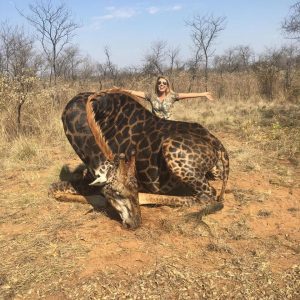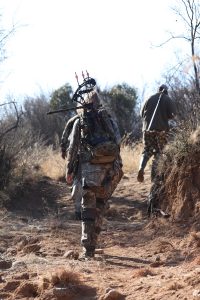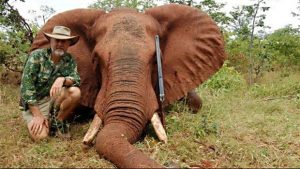Behind the Scenes
Jump to
The Hunt
In this episode, Tash spends four days in Limpopo in South Africa, hunting a nyala bull with her bow.
There’s a common misconception that hunting in Africa is easy; that you just get out of a car, pick the best animal in the herd, and take aim.
Tash found out the hard way how wrong that idea is when she spent four days trudging through the dry, Limpopo region of South Africa. It was the middle of winter, but the midday temperatures still soared into the 30s (Celsius) and Tash learned firsthand why the word nyala means ‘shifty one’ in the Zulu language.
The nyala belongs to the same spiral-horned genus as the kudu. And while the kudu earned its reputation as the grey ghost because of its ability to disappear into the surrounding trees and bushes, the nyala deserves the nickname Caspar, because they are hard to spot, and even harder to stalk up on.
It was no problem seeing nyala on the property. They were everywhere.
But getting in close enough to take one with a bow… that was a whole different story.
We spent 8 hours stalking nyala bulls that first day, stopping only for a short lunch break. The pattern remained the same throughout the day. We’d see a nice bull but before we could get close enough, he’d hear us coming and take off running.
One really nice looking bull continued to cross our paths, almost as if he was mocking us. A couple of times, Tash even managed to draw her bow but that wary little Caspar would spot her before she could release her arrow and he’d take off in a cloud of dust.
Day two. Rinse and repeat. The only thing that broke up the monotony of spooking nyala bulls was checking for ticks and swatting the sticky flies that swarmed around our heads in the heat.
And then we found that canny little Caspar from the previous day. There was just one problem. He was already dead!
We checked his body, wondering if poachers had got him, but he didn’t have a scratch on him. The most likely explanation was he’d stumbled across a black mamba and died from the venom.
By nightfall, Tash was doubting her ability to successfully hunt a nyala with her bow, and told her dad (Rod) she wanted to switch back to the rifle.
Thankfully for her, Dad wasn’t about to let his daughter give up that easily.
As day 3 dawned, Tash was really starting to feel the pressure. She knew she was taking up so much of the PH’s time, which meant Jess and Rod were running out of time to get their animals.
That was when they decided to split the team. Tash would go off with Willem and Marnus, while Jess and Rod would go hunting with one of the other PH’s, Neels.
There was just one problem with that plan… Rod, Jess and Tash usually take it in turns to film the hunt. By splitting the team, Tash lost an experienced cameraman to film her hunt.
Willem stepped up and offered to be both PH and cameraman, and he managed to film plenty of footage throughout the day. Sitting in a hide, Tash missing a shot on a nice, mature nyala bull at 26 yards, but when Tash finally got her kill shot at 43 yards, we discovered that camera skills was not one of the units Willem studied in PH school!
The nyala quartered at the last moment, and the arrow hit a little too far back.
“Shit!”
It wasn’t Tash cussing about a screwed up shot. It was Willem. In the heat of the moment, he’d forgotten to press record and had completely missed getting the kill shot on film.
Still, Tash after 3 long days of hunting, Tash had her animal on the ground…
Or did she?
As they approached the downed bull, he leapt to his feet and took off running like a bat out of hell.
They gave chase, tracking that animal for almost a kilometre, but the light was fading fast, and he’d disappeared into some high reeds. Even Guinny, the Jack Russell couldn’t pick up his trail.
As the last rays of light disappeared below the horizon, Tash had to face the gut-wrenching prospect that she’d lost her trophy.
“Don’t worry – we’ll come back tomorrow and search for him. It was a good hit. He’s dead,” Willem said, still feeling a bit sheepish about his own mishap.
It was a long, sleepless night for Tash, and she was up at first light, ready to head back out and continue the search.
Marnus met them them at the hunting site with a team of seven trackers, determined Tash was going to get her nyala come hell or high water.
And find him they did.
He must have doubled back in the fading light, and had actually dropped less than a 100m from where he was shot.
The hunt had been hard, and full of so many mixed emotions. From the many missed opportunities and frustrations, to being pipped at the post by a black mamba. Maybe that’s why Tash asked Highveld Taxidermy to include both nyalas on her mount, as she felt both animals were part of the hunting experience.
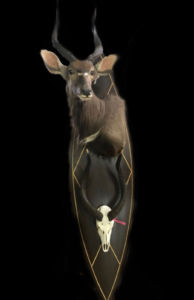
A land of diversity
People often think of Africa as a singular destination instead of a continent made up of 54 very different countries. In fact, there’s a popular hashtag on social media called #ThisIsAfrica that attempts to showcase the huge diversity that exists across Africa.
When it comes to hunting in Africa, many people have that same singular view – that all hunting is the same. Hence why hunting in Africa has become such a polarising topic.
Non-hunters find it hard to delineate between hunting and poaching, often lumping the two very different activities into the same basket and labelling both a problem.
However, even hunters themselves can have difficulty separating truth from amongst all the lies. Some think that hunting in Africa is all about canned hunting, or hunting from a blind, or hunting from behind high fences. Some hunters have even let the jaded views of the anti-hunting propaganda shape their opinion on hunting in Africa.
The truth is that there’s just as much diversity when it comes to hunting in Africa as there is to the landscape, the people, the food and even the systems of governance.
This can apply even down to the animals themselves. An animal that is endangered in one area may be thriving in another.
At the end of the day, hunting in Africa is what you make it. There are as many different ways to hunt in Africa as there are animal species to hunt, and landscapes to hunt in.
Do your research; choose a reputable PH and outfitter; check the status of the animal you want to hunt, and know if there are any importation restrictions (for instance, many countries have banned the importation of cat species and elephants). Most importantly, hunt the way that you feel the most comfortable and don’t let other people influence your hunting ethics and hunting style.
The People
The following people appeared in this episode. Click on their photos below to follow them on social media.
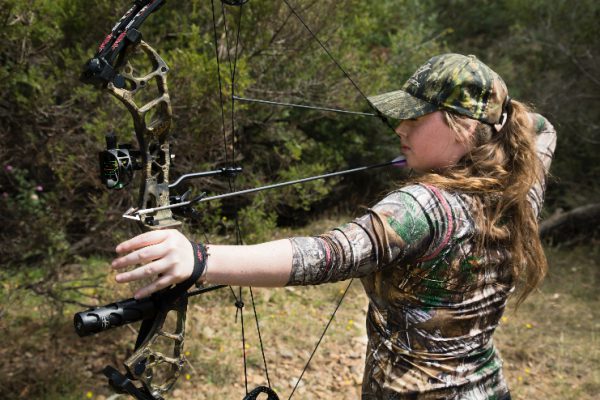
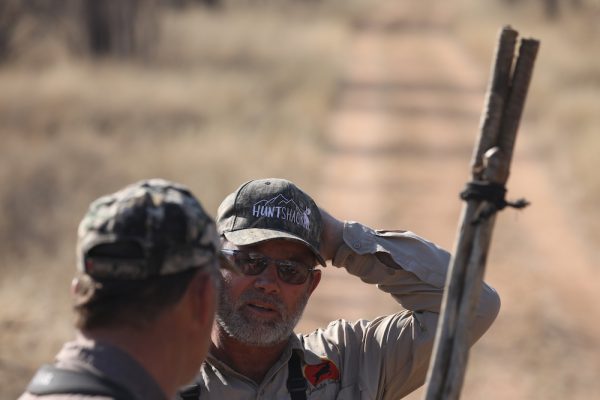
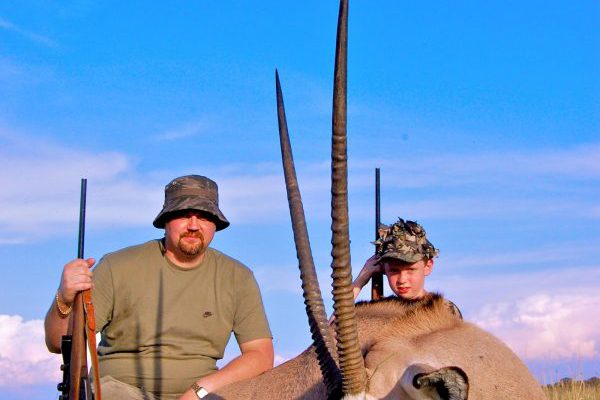
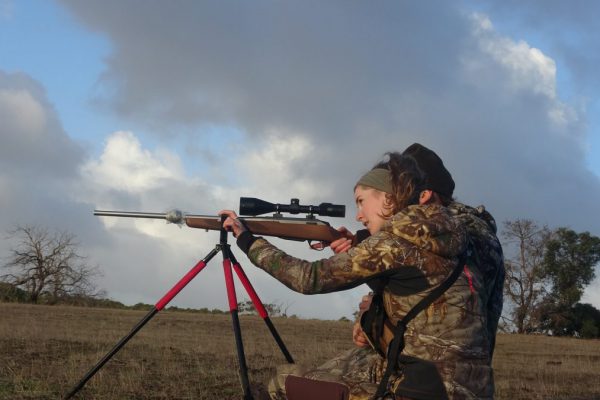
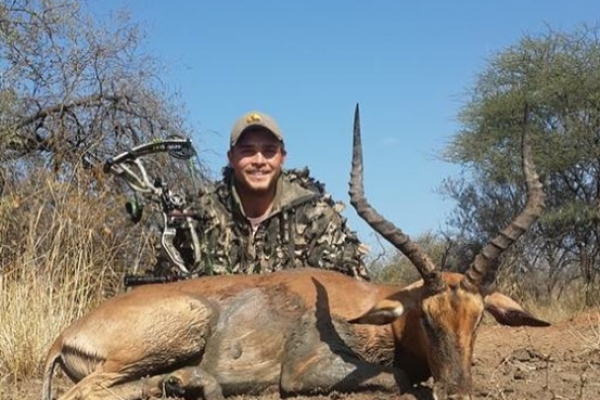
The Location
The hunting concession was located just outside of Groblersdal in the Limpopo province, 212km north east of Johannesburg, an area known for its man-made floodplains and crops. In fact, it is South Africa’s second largest irrigation settlement and grows much of the country’s cotton, tobacco, maize, wheat and table grapes (as opposed to wine grapes).
The accommodation at the concession itself was incredibly comfortable, and featured 2-bedroom thatched huts with their own private pool and braii area.
We hunted with Willem Gertenbach, a professional hunter who owns and operates Jabula Hunting Safaris.
Willem grew up hunting and fishing as a child, and has been a professional guide and hunting outfitter since 2002. What he doesn’t know about African wildlife probably isn’t worth knowing.
Willem has hunting concessions in Limpopo, Free State, Mozambique and Zimbabwe, and can arrange hunts on a wide range of game species.
This was not our first trip with Willem. We hunted with him in the Free State the first time we visited South Africa way back in 2008.
Willem is not only the consummate professional and an amazing guide, he’s also a great guy, and has become a close friend over the years that we have known him and his lovely family.
Just don’t ask him to film your kill shot!
Animals hunted
In this episode, Tash hunted a nyala, one of the spiral horned antelope species that includes kudu, bushbuck and eland.
They are preyed on by lions, leopards and wild dogs, however, habitat loss and poaching is by far their biggest threats.
Due to their popularity as a game species for trophy hunters, there are healthy populations of nyala spread throughout southern Africa, with the species listed as ‘Least Concern’ on the IUCN’s Red List of Threatened Species.
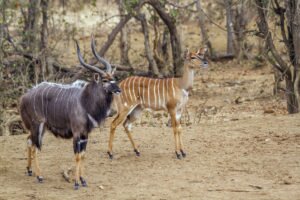 The males and females are easily distinguished, as only the males have horns, and the females and young are orange and have distinct white stripes across their body.
The males and females are easily distinguished, as only the males have horns, and the females and young are orange and have distinct white stripes across their body.
When choosing your shot placement on a nyala, aim slightly higher than you would normally, as the fur at the bottom of the belly can give a false sense of how low the torso hangs and where the vital organs are placed.
Click the image below for a more in-depth look at the nyala.
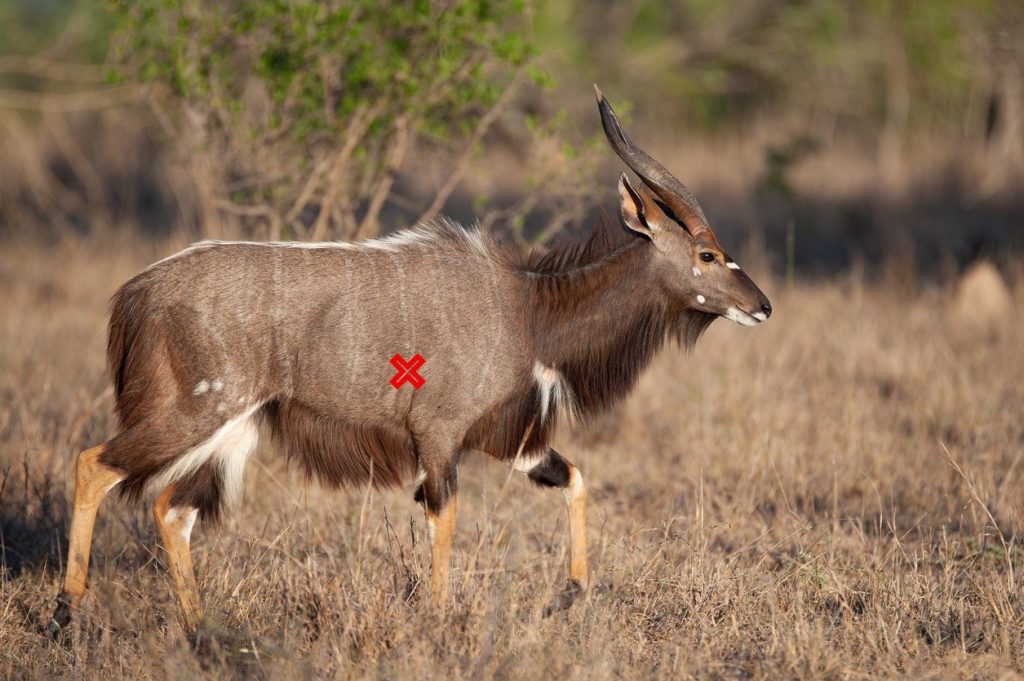
NAME
Nyala
SCIENTIFIC NAME
Tragelaphus angasii
RECOMMENDED FIREPOWER
Firearm - .270 or larger. Bow - 50lbs DW +
CONSERVATION STATUS
Least concern
WHERE TO HUNT
Mozambique, South Africa, Swaziland (eSwatini), Zambia
Game Saver Tips
Game meat is so deeply ingrained into South African culture that it is readily available in most butchers, supermarkets and even restaurants.
It is not uncommon to see wild caught game meats sitting right alongside the beef, chicken and pork.
There is such a wide selection of different game meats available for sale that, to the uninitiated, it can all feel a little overwhelming.
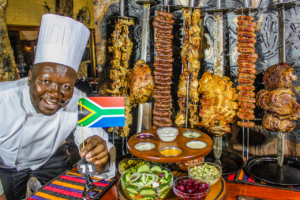 One place that we love to visit whenever we travel to South Africa is Carnivore, an all-you-can-eat restaurant just outside of Johannesburg that, as the name suggests, celebrates meat.
One place that we love to visit whenever we travel to South Africa is Carnivore, an all-you-can-eat restaurant just outside of Johannesburg that, as the name suggests, celebrates meat.
Big haunches of meat are skewered onto Masaai swords and roasted on a bed of open coals. The waiters carry these swords to the table and slice the meat straight onto your plate. And they keep coming back until you turn your flag over and say you’ve had enough!
At just under $20 USD a head, it is well-worth visiting if you want to sample different game meats and discover for yourself what they taste like.
We have tried an enormous range of game meats on our numerous visits to Carnivore including kudu, eland, springbok, impala, warthog, ostrich, wildebeest, hartebeest, gemsbok, crocodile and even zebra.
Gear List
You can click on any of the images below to go to the website to purchase or find out more about any of the products that we used in this episode.
We have tried to make the list as exhaustive as possible, however, if we have missed anything that you would like to know more about, please send us an email at and we’d be happy to help out.
If you are a member of I Am Hunter, you can save money on some of these products by using your exclusive discount codes available on the Discounts and Rewards page. If you are not a member of I Am Hunter, you can still click on the images to go to the product listings and as always you are more than welcome to join I Am Hunter to access all of our member rewards for yourself.

GameSaver Vacuum Sealer

FoodSaver Vacuum Pack Bags

PSE Stinger Max
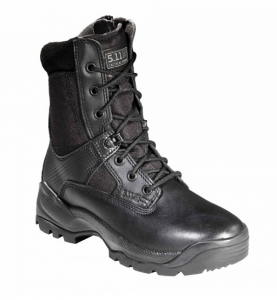
5.11 Tactical A.T.A.C 8" Women's Boot
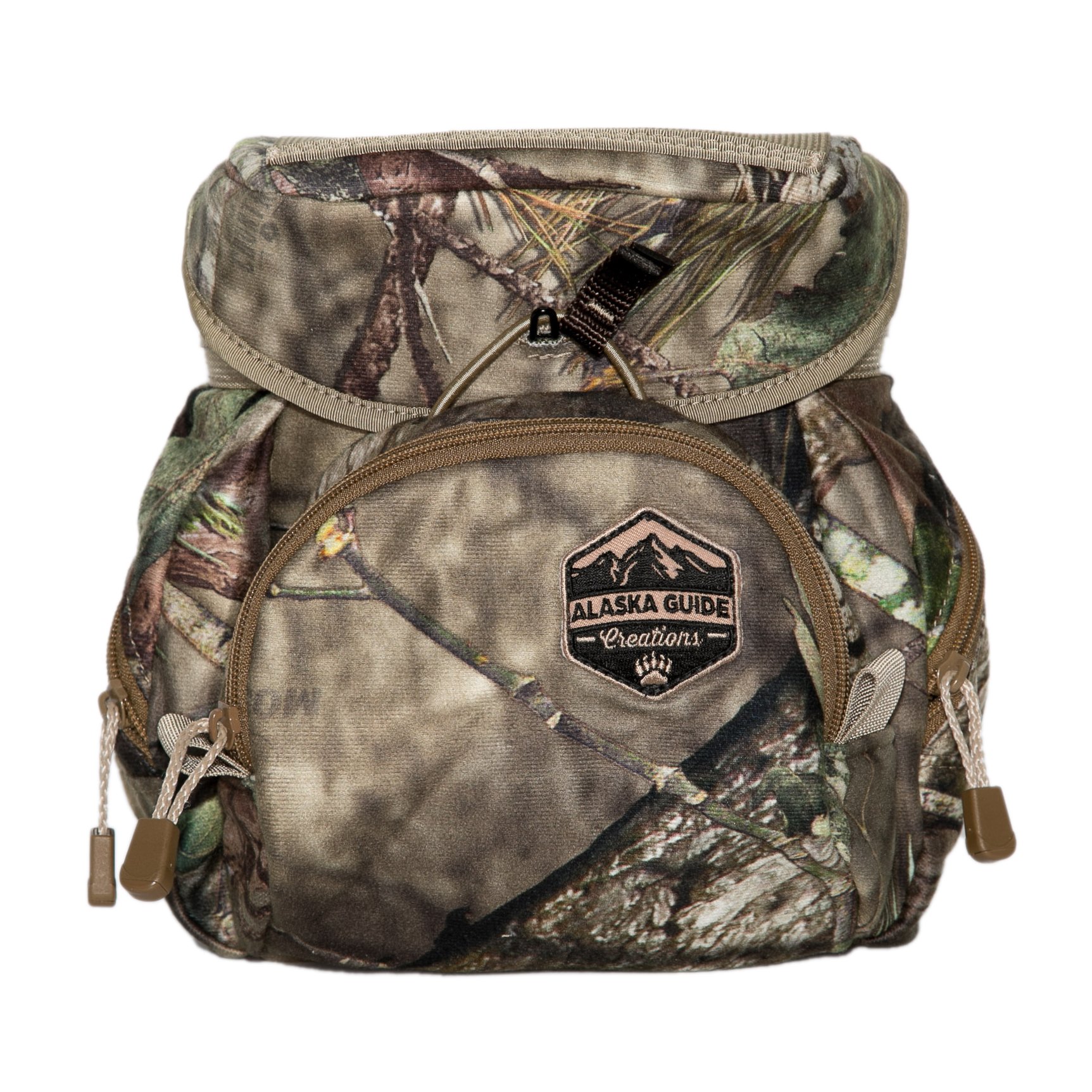
Alaska Guide Creations Denali Bino Pack
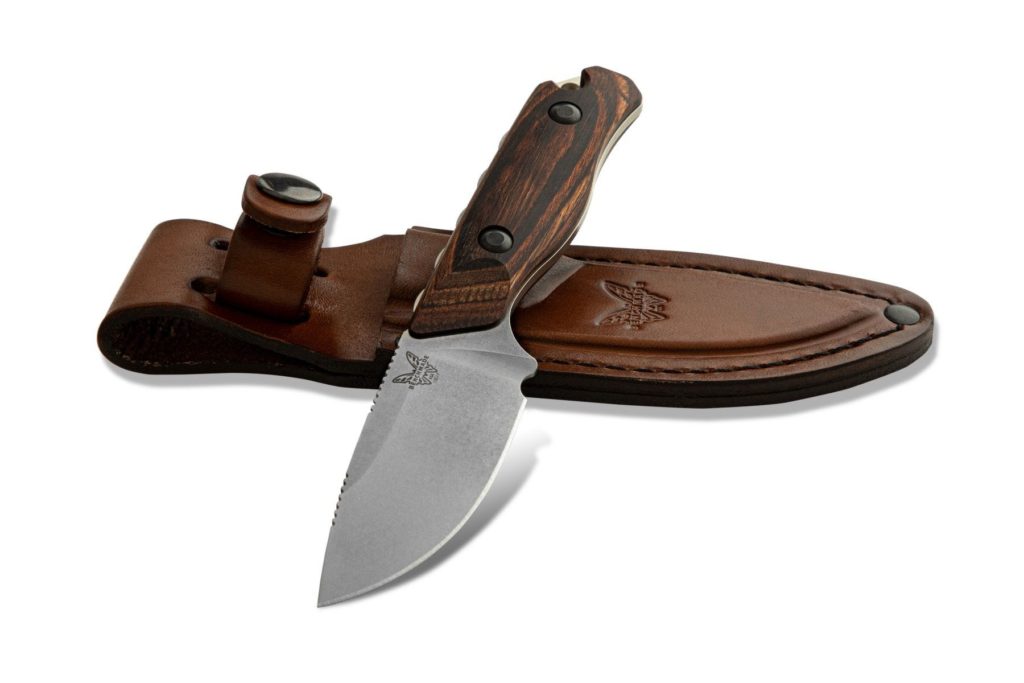
Benchmade Hidden Canyon Hunter Knife
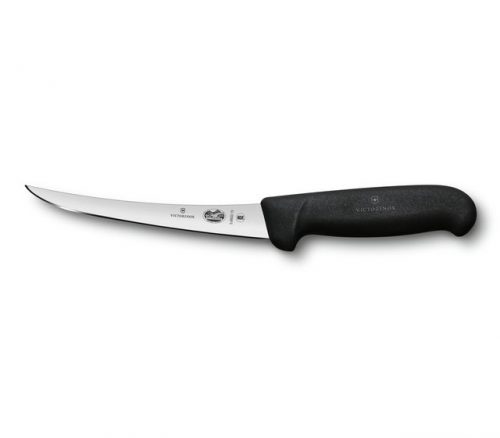
Victorinox Boning Knife
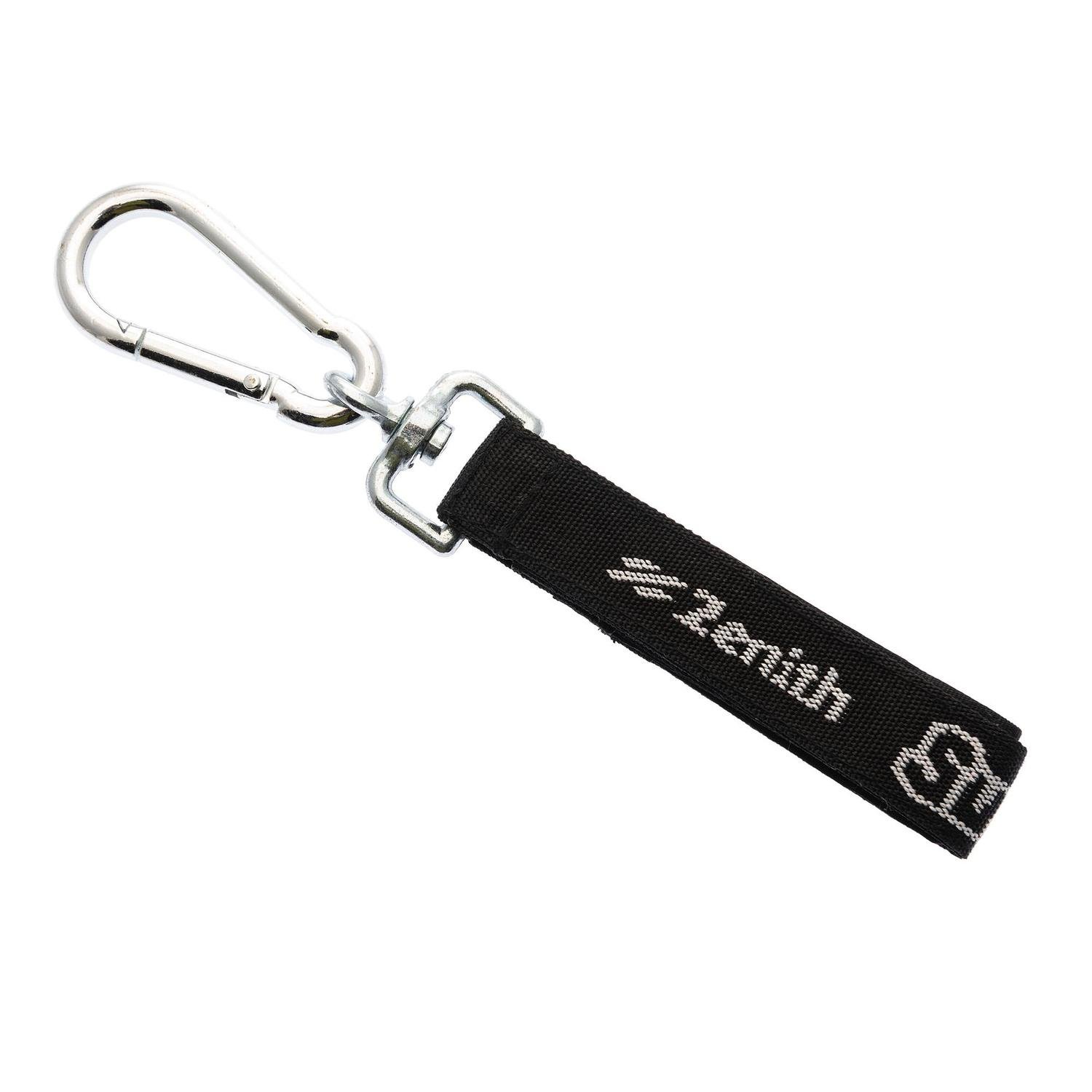
Zenith SureHook Hanging Strap

Tikka T3X CTR Stainless
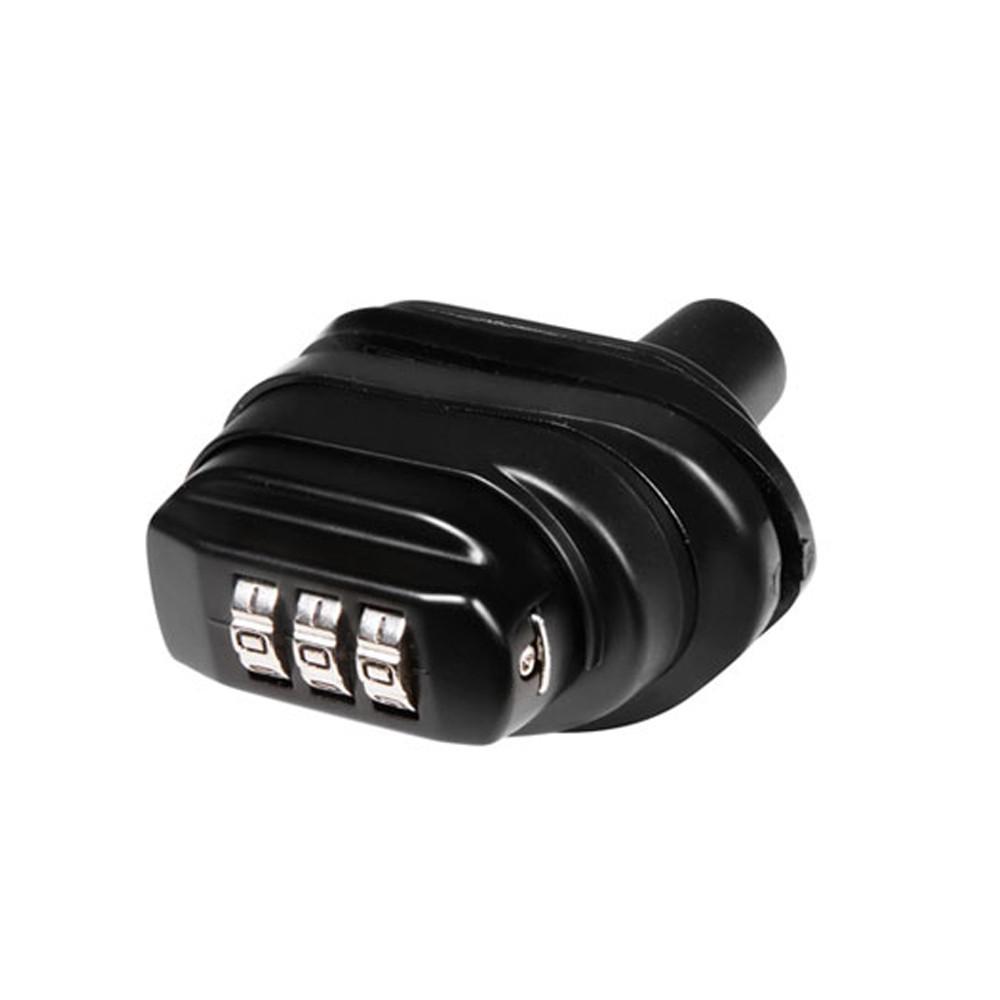
Xhunter Trigger Lock

Franchi Elegante Shotgun

Burris XTR II 3-15x50
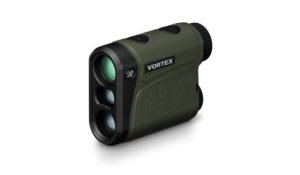
Vortex Impact 1000 Rangefinder
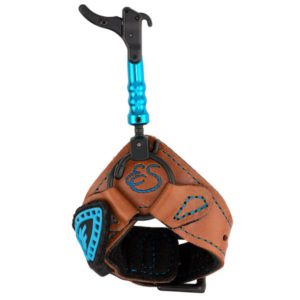
Tru-Fire Eva Shockey Release

Paladin Chest Rig
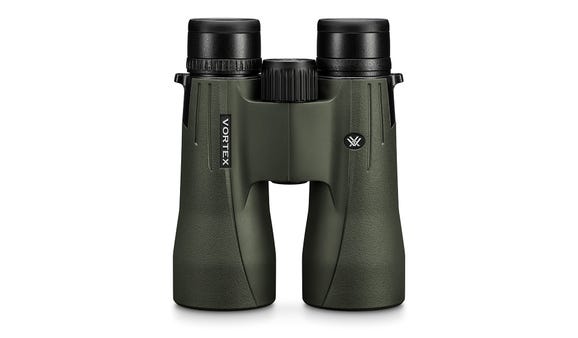
Vortex Viper HD 10x50
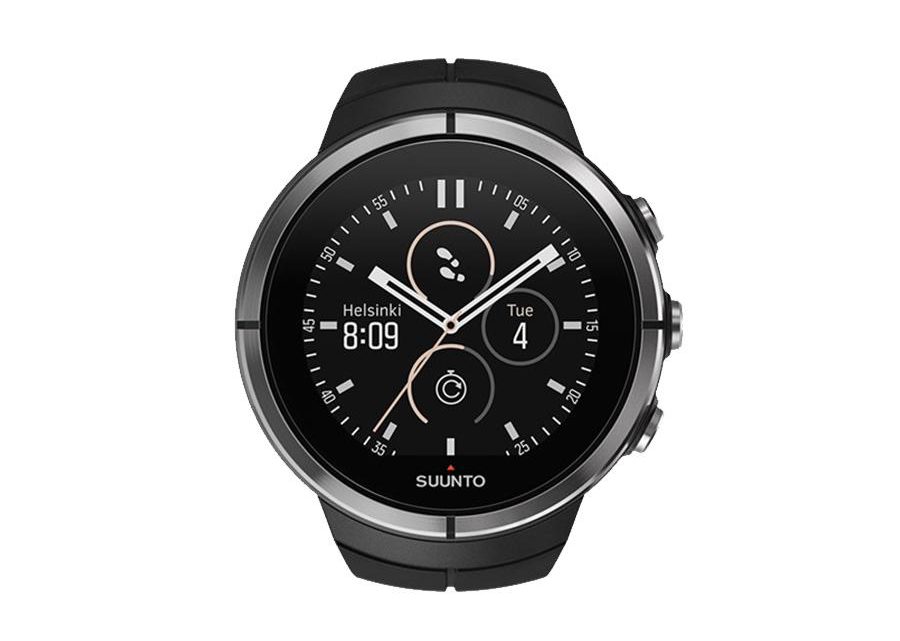
Suunto Spartan Ultra
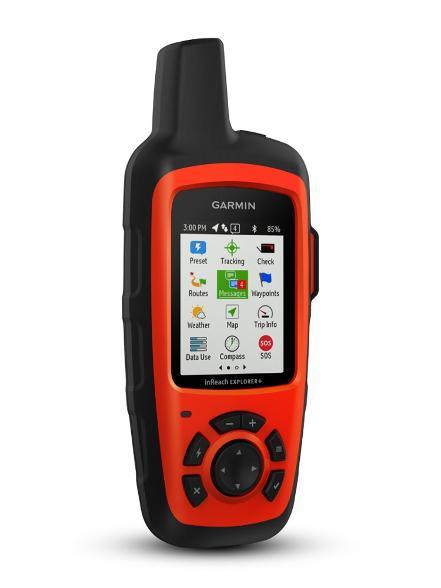
Garmin InReach
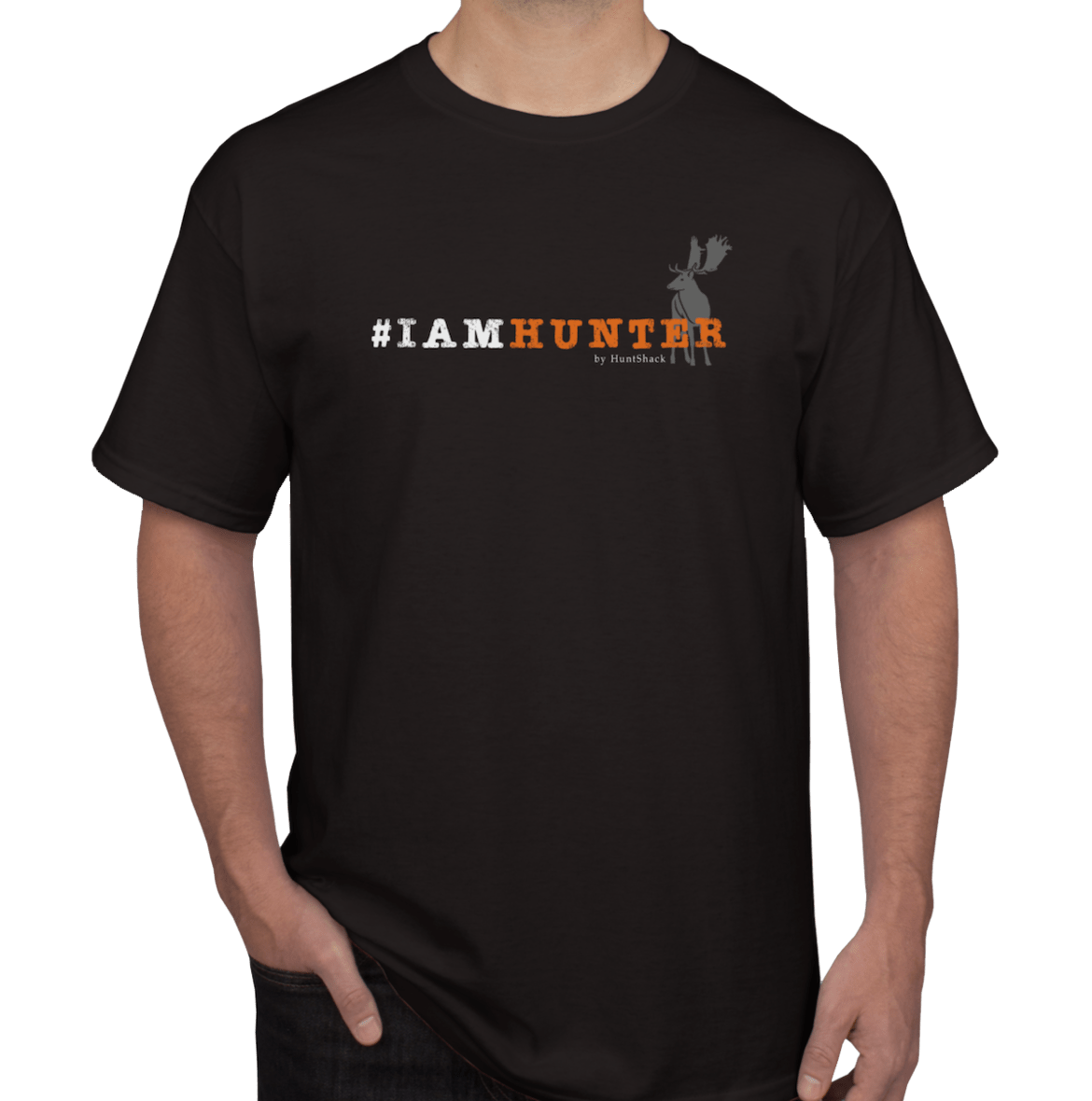
I Am Hunter Top
*IAH members get a free IAH t-shirt with their membership
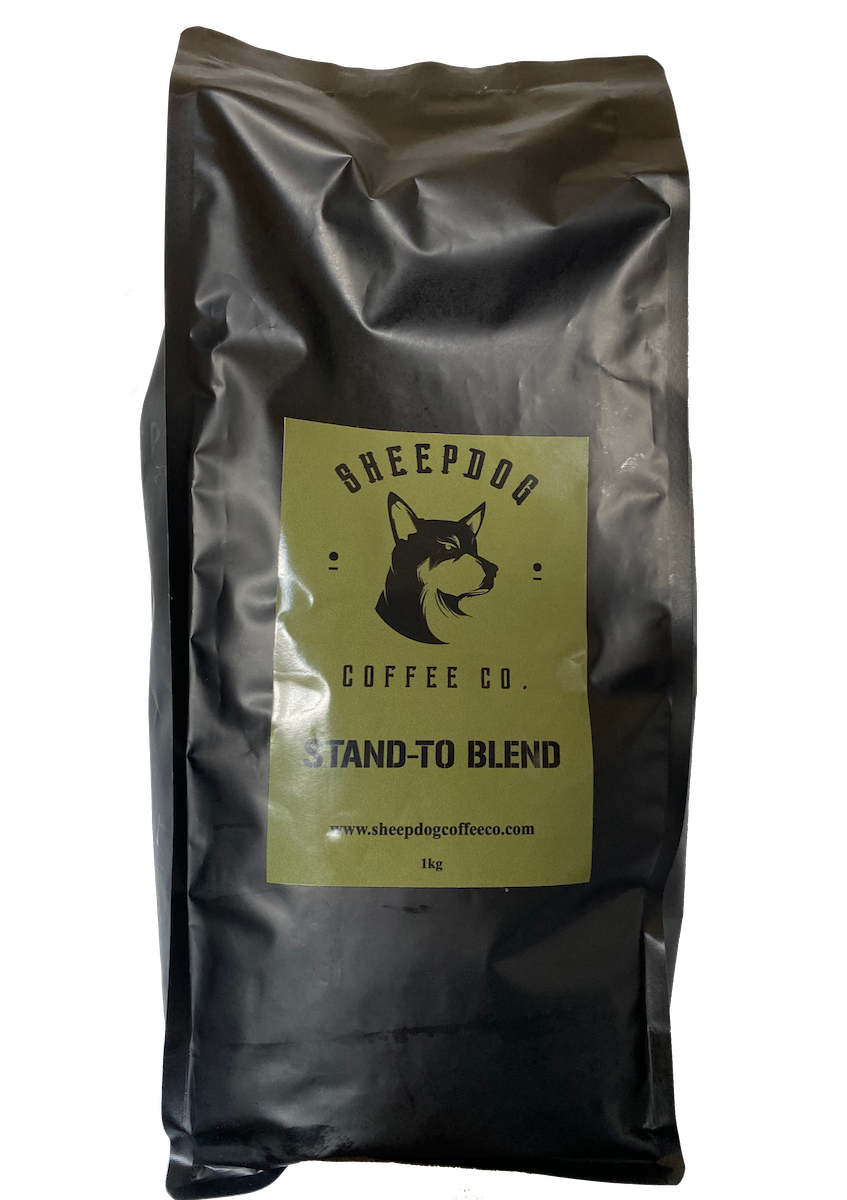
Sheepdog Coffee
*IAH members can get 10% off through Sheepdog Coffee Co
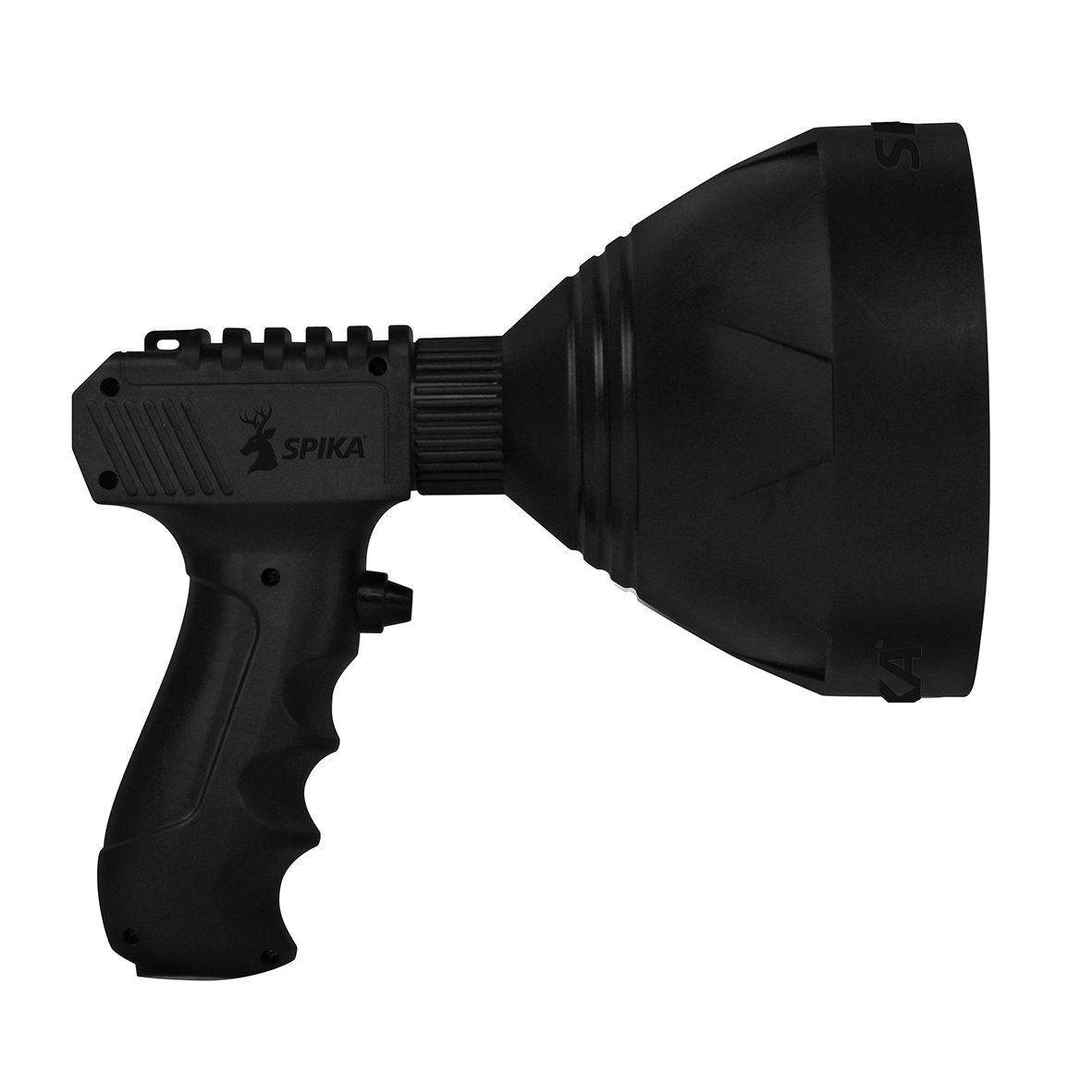
Spika Handheld Spotlight
*IAH members can get 10% off through Mansfield Hunting & Fishing

PSE Drive NXT Compound Bow
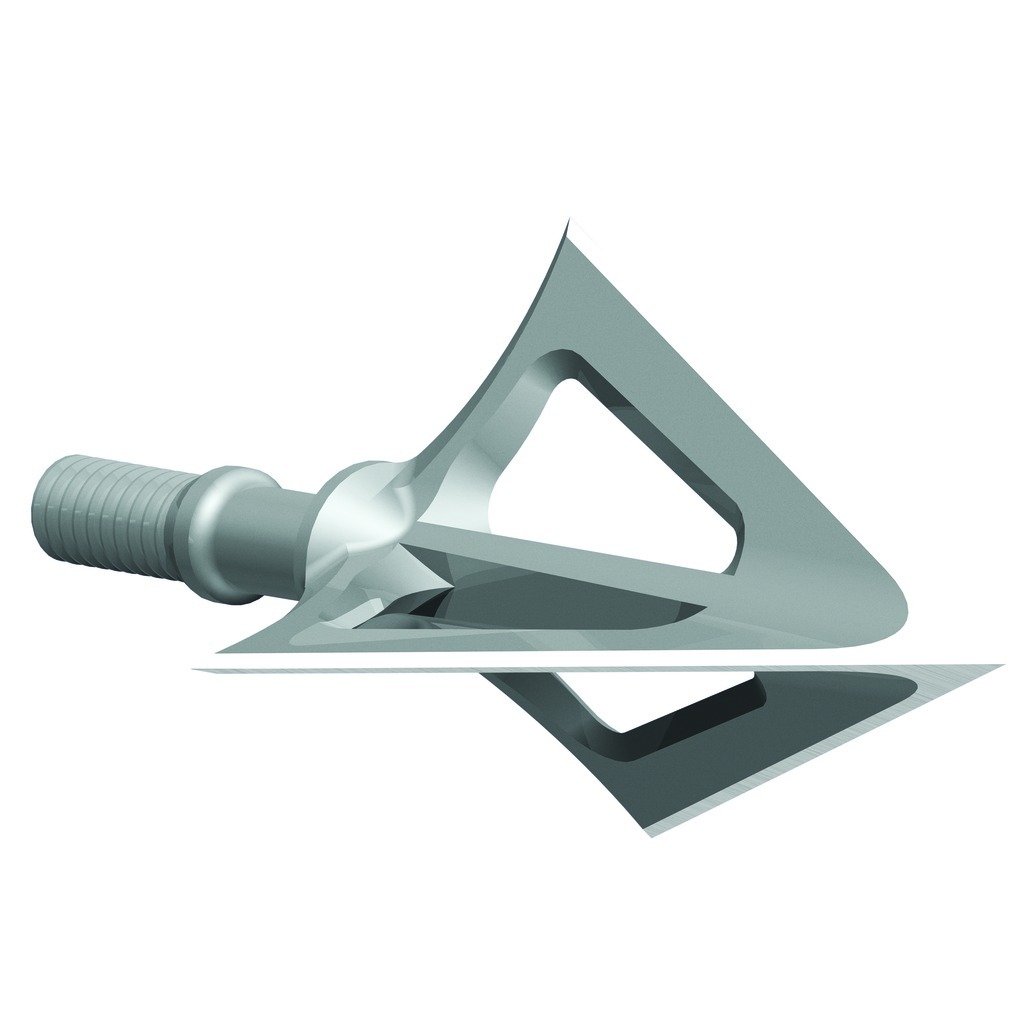
G5 Montec Broadheads

Sony AXP55 4K Handycam
Watch the full episode (members-only)
Where can I watch this episode?
Watch on MyOutdoorTV
Episode Sponsors
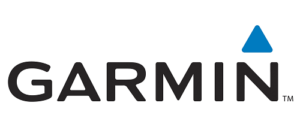
Garmin make durable devices engineered on the inside for life on the outside. Their products go wherever you go and track your precise location in the process. Go farther than ever before when hunting and finding adventure.

Winchester have been supplying quality ammunition and firearms in Australia since 1967. Other brands include Browning, CZ, Steyr, Huglu, Norma ammunition, ADI gun powders, and Meopta optics.

Burris wide range of optics are built tough to provide a lifetime of reliable performance in the field. The company has so much faith in their products that they provide a lifetime guarantee on all of their optics.
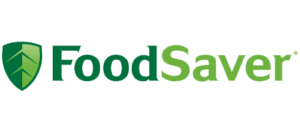
FoodSaver is a leading producer of vacuum sealer systems that help you preserve food freshness and flavor, and limit waste. We use their GameSaver as its built tough for use in the field, and even comes with a 12V adaptor.

Situated in Victoria's High Country, Mansfield Hunting & Fishing stocks a huge array of hunting, fishing and outdoor gear. I Am Hunter members enjoy a 10% discount on any purchases made in-store or online.
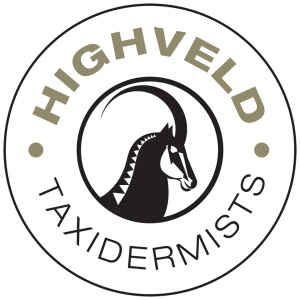
Highveld Taxidermists are true artists, providing you with a unique work of art to remember your African hunting experience. They provide all of the traditional taxidermy options as well as some custom options like their hand-carved Zulu shield mounts.
What is I Am Hunter?
I Am Hunter wants to change the way hunting is perceived and to change the conversation from a negative one driven by anti-hunters to a positive one led by hunters.
Our goal is to help hunters become positive role models and ambassadors for hunting, while simultaneously helping non-hunters understand why hunting is important.
You can become a supporter and help us achieve our goal and spread a positive message about hunting with the wider community.
Related content
If you would like to know more about hunting in South Africa, check out these related articles and podcasts.
Our other channels
Follow us on Facebook
Follow us on Instagram
YouTube
Subscribe to our YouTube channel.
Get our newsletter
Get our free monthly newsletter direct to your inbox
Listen on iTunes
Listen to our podcast on iTunes.
TV series
Watch I Am Hunter episodes on My Outdoor TV (MOTV)


